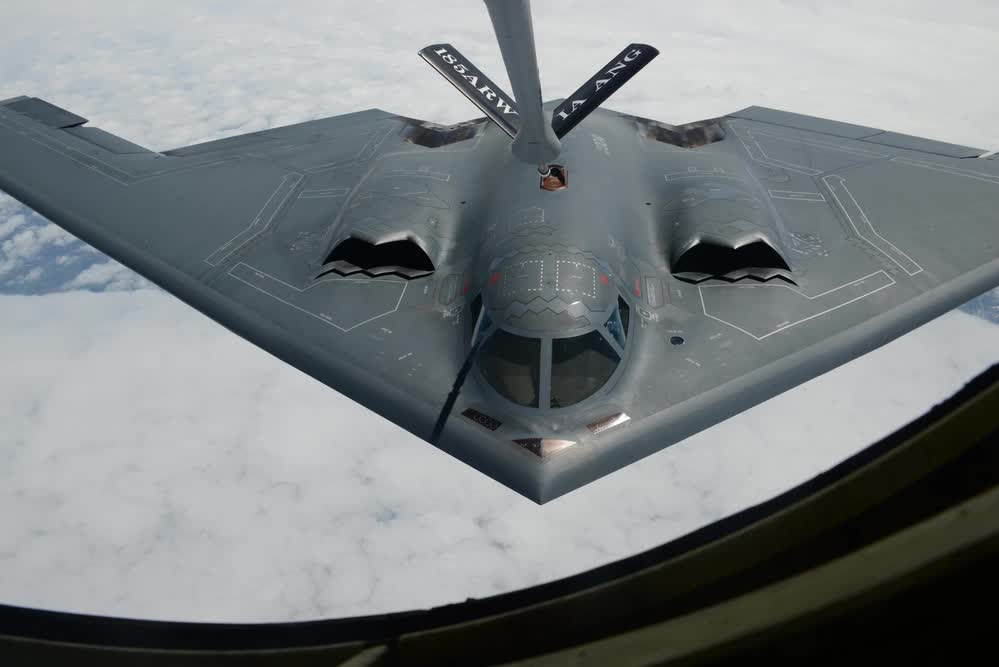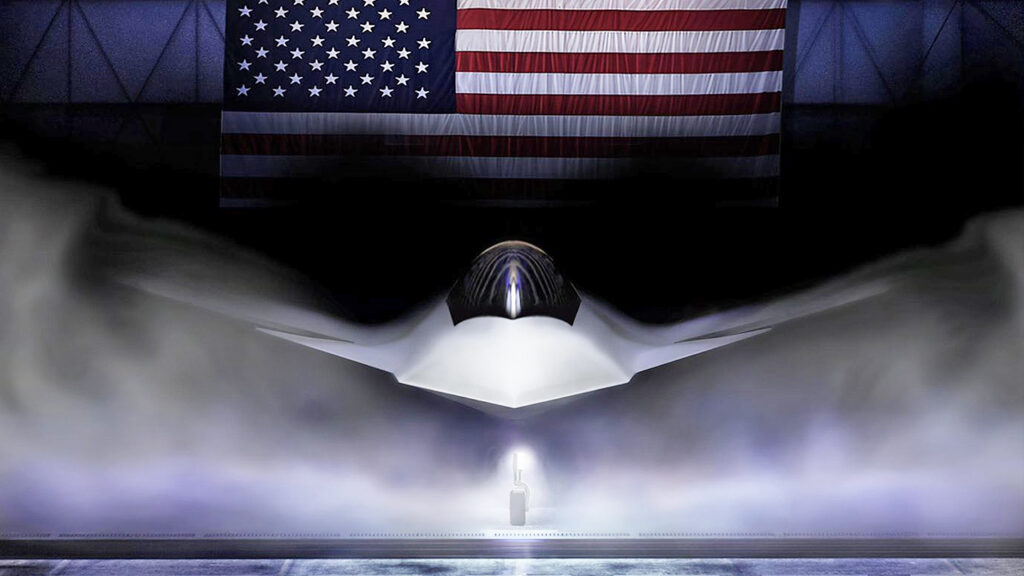These are the US aircraft qualified to carry nuclear weapons
- By Stavros Atlamazoglou
Share This Article

Although Iran has been trying to manufacture nuclear weapons through a covert program and North Korea remains as unpredictable as ever, there hasn’t been a credible nuclear threat over Europe since the Cold War. The Russian invasion of Ukraine changed all that and has brought nuclear warfare back to the forefront after many years.
On February 24, 2022, Russian President Vladimir Putin unleashed his forces into Ukraine. He and his advisers expected a quick “special military operation” that would last from three days to two weeks. Almost 900 days later, the Russian forces are still fighting to achieve some of Moscow’s strategic objectives.
The lack of meaningful progress and the many successes of the smaller, but generally better-equipped, Ukrainian forces have often triggered the Kremlin’s ire. Indeed, the United States and NATO’s military support of Ukraine has repeatedly caused Putin and other high Kremlin officials to directly or indirectly threaten a nuclear strike.
This is not one of Moscow’s regular big talks but a credible threat. Reflecting that, a few months ago, it was revealed that the U.S. Intelligence Community had made contingency plans for a potential Russian nuclear strike against Ukraine should the war turn sour for Moscow.
If the event that the Kremlin used a nuclear weapon – tactical or not – the chances are high that the U.S. and NATO would respond in some kind, even with a nuclear strike of their own. Of course, this is a nightmare scenario, but good planners make contingencies that they never have to use. If it comes to that, the Air Force has a certain type of aircraft that are qualified to carry nuclear weapons.
Related: Chicken or pasta? Air Force KC-46 tanker achieves 45-hour flight
Nuclear capable aircraft

Any aircraft could carry a nuclear munition. After all, it is the nuclear weapon itself that makes the outcome different from a conventional munition rather than the platform that carries and delivers it. Yet, the U.S. military has to abide by U.S. law and regulations, and these regulations demand specific requirements for aircraft to qualify as nuclear-capable. As such, the Air Force’s nuclear-capable fleet is more limited than the aircraft that can actually deliver a nuclear weapon.
Starting with the bombers, the U.S. Air Force has the B-2 Spirit bomber that can deliver both B61-12 nuclear gravity bombs and B83 nuclear gravity bombs, which is the largest nuke in the U.S. military’s arsenal. The B-52 Stratofortress bomber can deliver the W80 air-launched cruise missile with a nuclear warhead and a range of 1,500 miles. The upcoming B-21 Raider bomber is slated to carry the B61-12 and B61-13. The B-1 Lancer bomber, which has the largest payload of any other bomber with the ability to carry almost 75,000 lbs, used to be able to carry nuclear weapons but has shifted to solely conventional weapons after a nuclear arms control treaty with Russia.
Moving to fighter jets, the F-15E Strike Eagle, F-16C/D Fighting Falcon, and F-35A Lightning II are all certified to carry B61-series nuclear gravity bombs.
When it comes to destructive capability, the B61-12 nuclear gravity bomb has an adjustable yield of 0.3 to 340 kilotons. The W80 cruise missile has a yield of 150 kilotons. The B83, the largest nuclear bomb in America’s arsenal, has a yield of yield of 1.2 megatons. For comparison, the “Little Boy” atomic bomb in Hiroshima had a yield of 15 kilotons, and the “Fat Man” atomic bomb in Nagasaki about 21. So, the more capable nuclear warheads in the U.S. arsenal today can cause an explosion almost 50 times more powerful than the atomic bombs in Japan in the waning days of World War II.
Read more from Sandboxx News
Related Posts
Sandboxx News Merch
-

‘AirPower’ Classic Hoodie
$46.00 – $48.00 Select options This product has multiple variants. The options may be chosen on the product page -

‘Sandboxx News’ Trucker Cap
$27.00 Select options This product has multiple variants. The options may be chosen on the product page -

‘Kinetic Diplomacy’ Bumper Sticker (Black)
$8.00 Add to cart
Stavros Atlamazoglou
Greek Army veteran (National service with 575th Marines Battalion and Army HQ). Johns Hopkins University. You will usually find him on the top of a mountain admiring the view and wondering how he got there.
Related to: Gear & Tech

North Korean troops in Ukraine seem stuck in the Cold War, evidence suggests

Boeing has managed to win the contract for America’s NGAD fighter

Could France undertake the role of Europe’s nuclear protector? Potentially

What are the differences between the six generations of fighter aircraft?
Sandboxx News
-

‘Sandboxx News’ Trucker Cap
$27.00 Select options This product has multiple variants. The options may be chosen on the product page -

‘AirPower’ Classic Hoodie
$46.00 – $48.00 Select options This product has multiple variants. The options may be chosen on the product page -

‘AirPower’ Golf Rope Hat
$31.00 Select options This product has multiple variants. The options may be chosen on the product page -

‘Sandboxx News’ Dad Hat
$27.00 Select options This product has multiple variants. The options may be chosen on the product page
